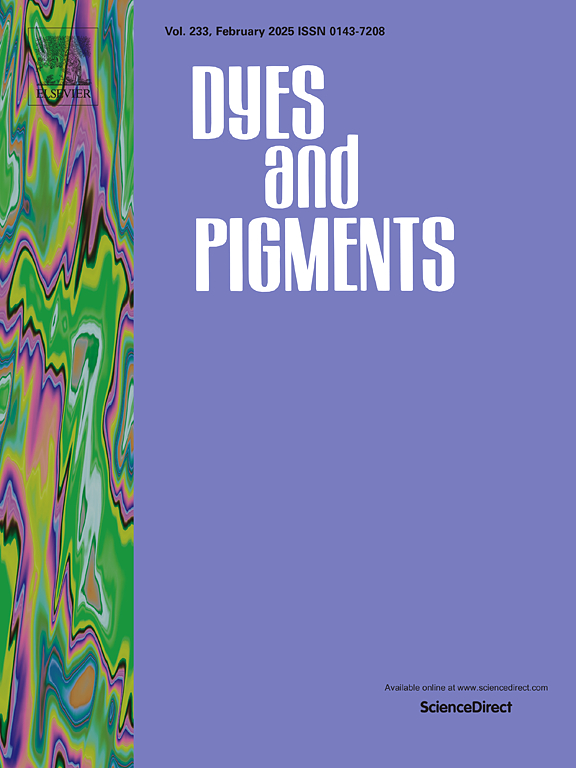用于体外协同光热和化疗抗癌疗法的普鲁士蓝-EGCG 纳米粒子
IF 4.1
3区 工程技术
Q2 CHEMISTRY, APPLIED
引用次数: 0
摘要
光热疗法(PTT)是一种创新的癌症治疗方法,它能将光转化为热,诱导肿瘤细胞死亡。与传统疗法相比,光热疗法创伤小、耐药性低、靶向肿瘤的特异性高。然而,由于肿瘤对热的潜在适应性以及对健康组织造成附带损害的风险,其单独使用受到了限制。将 PTT 与化疗相结合可以克服这些挑战。普鲁士蓝(PB)具有很强的近红外吸收能力和出色的热转换特性,是一种很有前景的光热剂,但其孔径较小,限制了治疗剂的装载。本研究介绍了一种新型纳米系统,该系统用 Fe-EGCG 多酚纳米层对紫外蓝进行改性,以增强药物输送能力。该系统在低功率近红外激光照射下有效抑制了体外癌细胞的生长,通过将低温(44 °C)光热疗法与化疗相结合,达到了高达 75% 的抑制率。这种方法为将无孔材料整合到癌症协同治疗中提供了一种可行的策略。本文章由计算机程序翻译,如有差异,请以英文原文为准。

Prussian blue-EGCG nanoparticles for synergistic photothermal and chemo anticancer therapy in vitro
Photothermal therapy (PTT) is an innovative cancer treatment that converts light into heat to induce tumor cell death. Compared to traditional therapies, PTT is minimally invasive, has low drug resistance, and targets tumors with high specificity. However, its standalone use is limited due to potential tumor adaptation to heat and the risk of collateral damage to healthy tissues. Combining PTT with chemotherapy could overcome these challenges. Prussian blue (PB) is a promising photothermal agent due to its strong near-infrared absorption and excellent heat conversion properties, but its small pore size restricts the loading of therapeutic agents. This study introduces a novel nanosystem that modifies PB with an Fe-EGCG polyphenol nano-layer to enhance drug delivery capabilities. The system effectively inhibited cancer cell growth in vitro under low-power near-infrared laser exposure, achieving up to 75 % inhibition by combining mild-temperature (44 °C) photothermal therapy with chemotherapy. This approach offers a viable strategy for integrating non-porous materials into synergistic cancer treatments.
求助全文
通过发布文献求助,成功后即可免费获取论文全文。
去求助
来源期刊

Dyes and Pigments
工程技术-材料科学:纺织
CiteScore
8.20
自引率
13.30%
发文量
933
审稿时长
33 days
期刊介绍:
Dyes and Pigments covers the scientific and technical aspects of the chemistry and physics of dyes, pigments and their intermediates. Emphasis is placed on the properties of the colouring matters themselves rather than on their applications or the system in which they may be applied.
Thus the journal accepts research and review papers on the synthesis of dyes, pigments and intermediates, their physical or chemical properties, e.g. spectroscopic, surface, solution or solid state characteristics, the physical aspects of their preparation, e.g. precipitation, nucleation and growth, crystal formation, liquid crystalline characteristics, their photochemical, ecological or biological properties and the relationship between colour and chemical constitution. However, papers are considered which deal with the more fundamental aspects of colourant application and of the interactions of colourants with substrates or media.
The journal will interest a wide variety of workers in a range of disciplines whose work involves dyes, pigments and their intermediates, and provides a platform for investigators with common interests but diverse fields of activity such as cosmetics, reprographics, dye and pigment synthesis, medical research, polymers, etc.
 求助内容:
求助内容: 应助结果提醒方式:
应助结果提醒方式:


